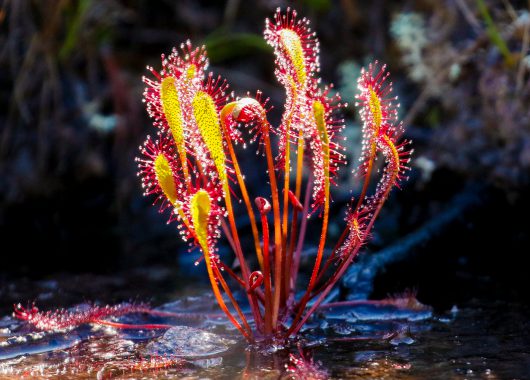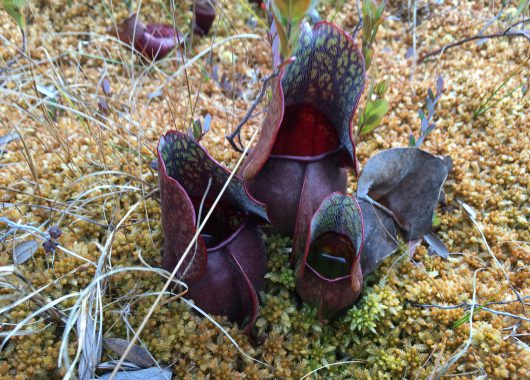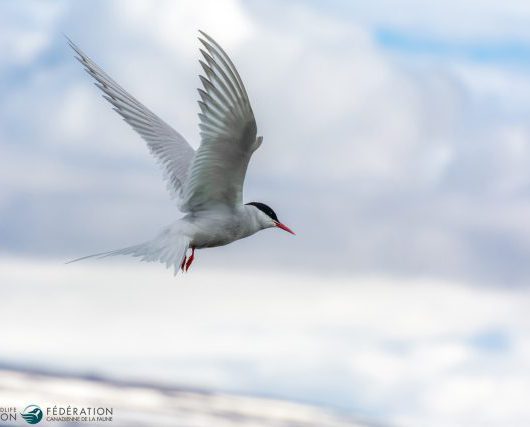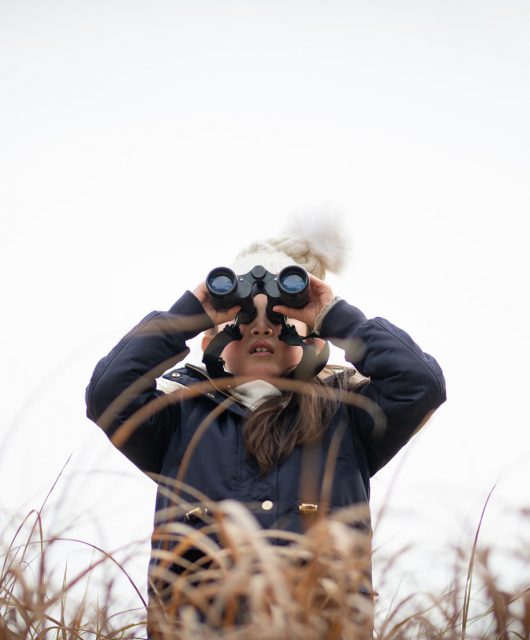iNaturalist.ca has reached 1 million!
iNaturalist Canada (also known as iNaturalist.ca) has hit a major milestone – more than 1 million verifiable observations in Canada. These confirmed sightings span from Canada’s East Coast to the western edges of British Columbia, and from Southern Saskatchewan all the way up to the most northern reaches of the country.
This proves that Canadians are interacting with nature using their smartphone or digital cameras to document and geo-locate wildlife in our vast country.
Canadians are also reporting some really cool discoveries.
Not only does this help provide valuable information for conservation, there are some interesting tidbits in there for all of us. Also, with iNaturalist’s auto ID feature you can hold a field identification tool in the palm of your hand.
To celebrate, let’s take a look at 10 fascinating species reported on iNaturalist Canada:
1. New Species to Canada!
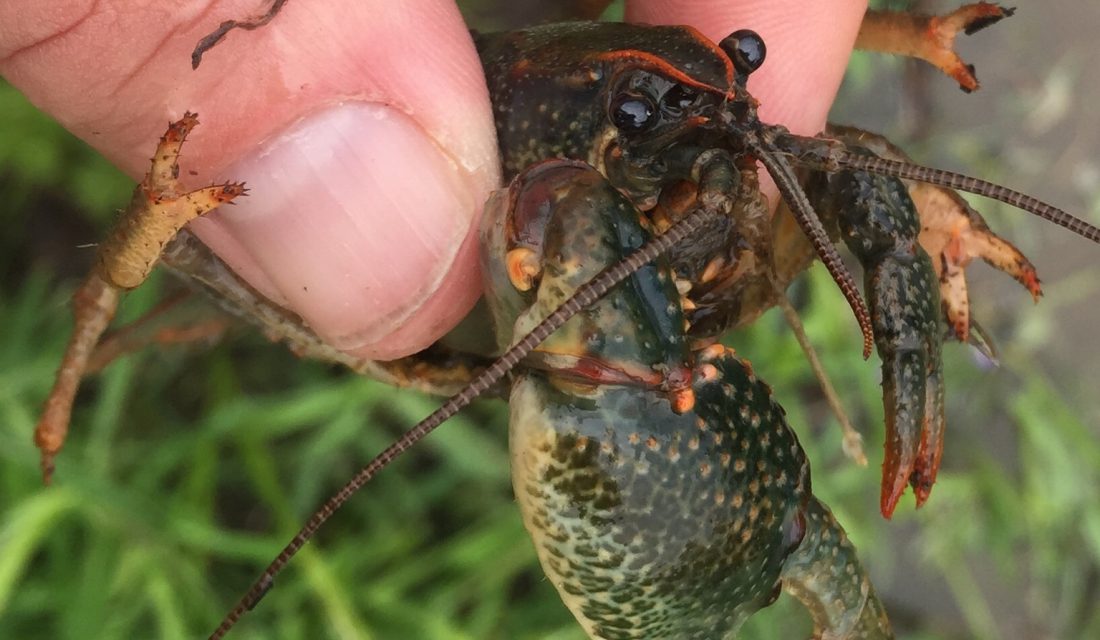
The Paintedhand Mudbug. This is actually a species of crayfish, not a bug at all. Thanks to some hard work by Colin Jones from the Ontario Natural Heritage Information Centre the first ever occurrence of this species was recorded in Canada using iNaturalist.ca.
2. Carnivorous Plants
Purple Pitcher Plant and the Great Sundew. These carnivorous plants are not species from an exotic corner of the world. In fact they are entirely native to Canada and you can find one or both of these in every province and territory. Don’t be alarmed, they only feed on small insects!
3. The Monarch Butterfly
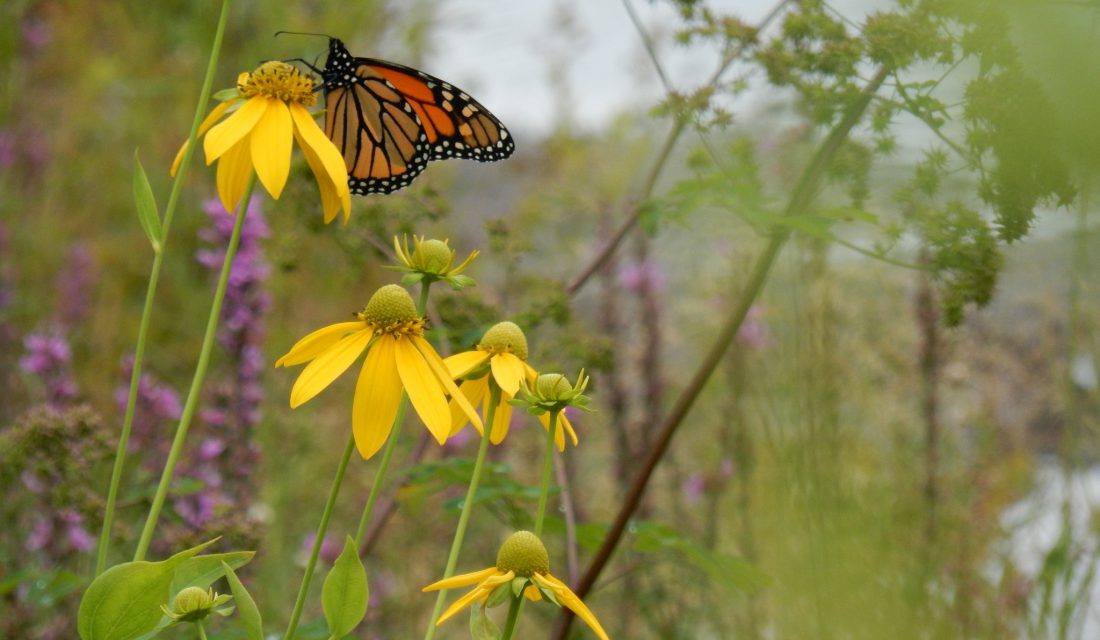
The Monarch Butterfly is the most reported species at risk on iNaturalist.ca with more than 4,400 observations! Only the Mallard, Canada Goose and Grey Squirrel were reported more times than this at-risk butterfly.
4. The Spiny Softshell Turtle
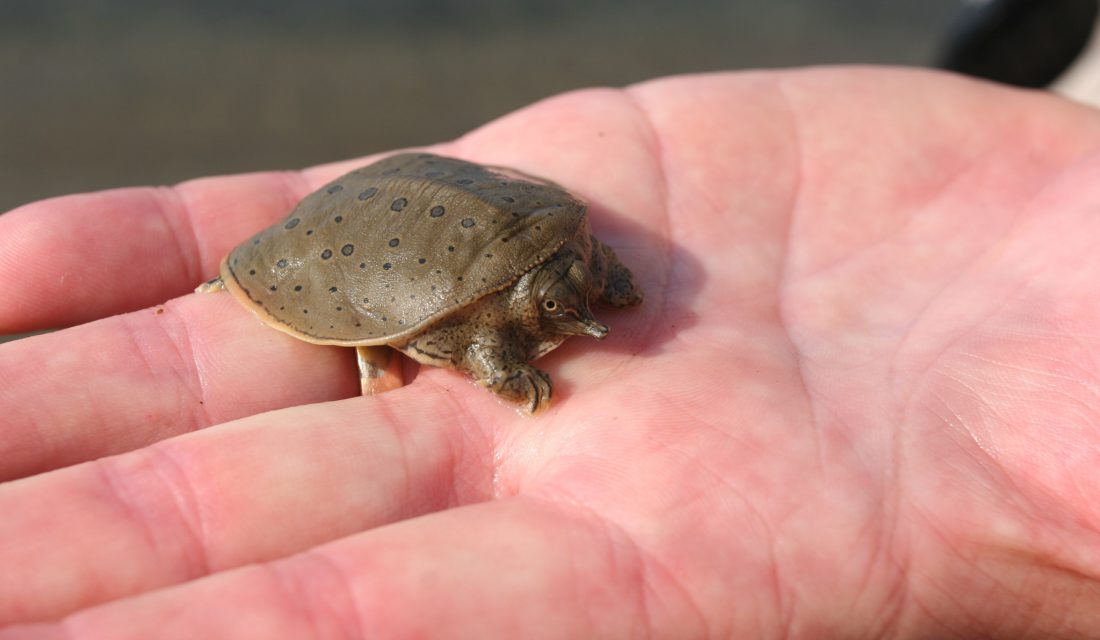
This freshwater turtle is also probably one of Canada’s most unique. Found in only a handful of places in the country, its shell is flexible and leathery, as its name suggests, as opposed to the typical hard shell of most turtles.
5. The Fjaeldmark Dwarf Weaver
This arachnid is the most northern record of all the observations in the global iNaturalist system! It was recorded on a tiny island off the northern tip of Ellesmere Island – that’s over 2,100 kilometres north of Iqaluit!
6. Giant Hogweed
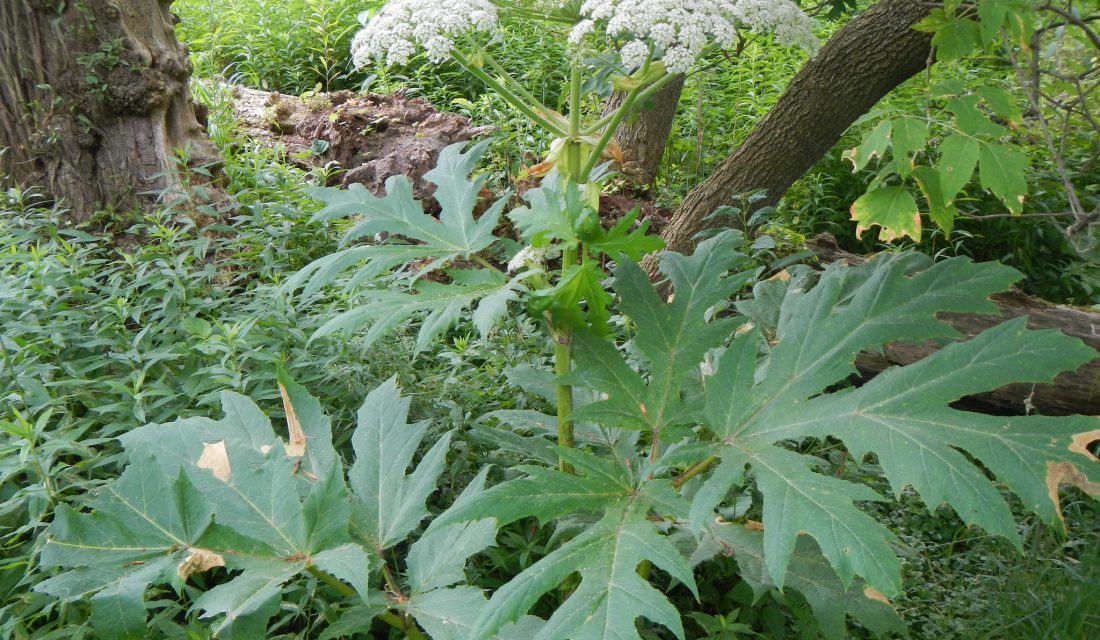
Possibly the tallest herbaceous (non-woody) plant to be found in Canada, the Giant Hogweed grows up to 5.5 metres (that’s 18 feet)! But it’s not from Canada, thus an invasive species. It is also highly poisonous. Getting the sap on your skin can cause burns, kind of like poison ivy but much worse.
7. The Wood Duck
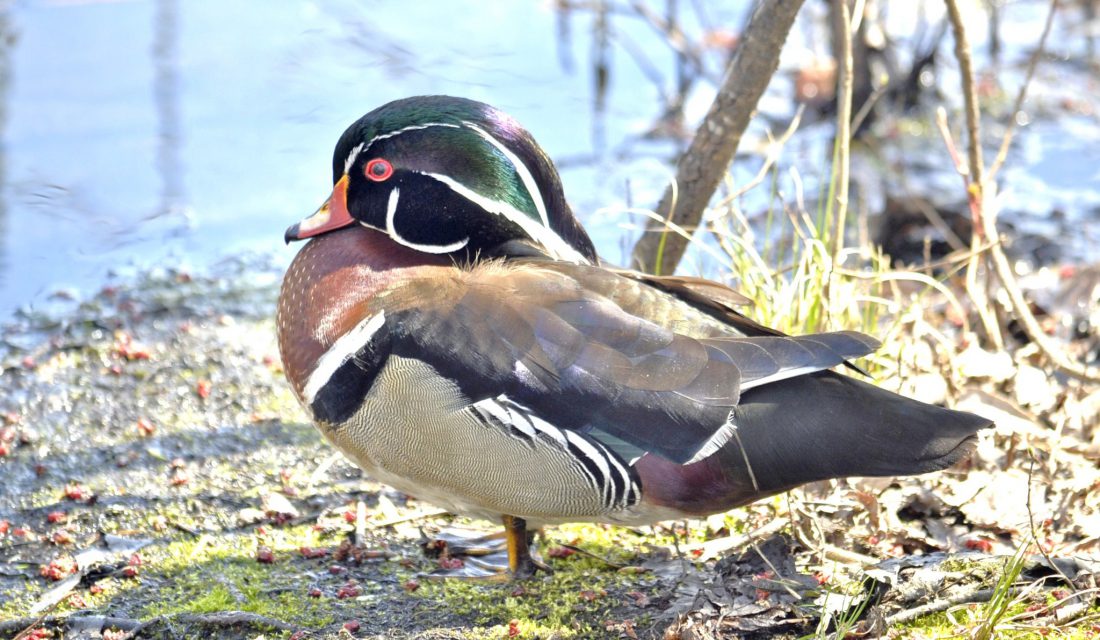
This dabbler is one of the most colourful birds we have in Canada. It can be found in every province, as well as in Nunavut.
8. The Cougar
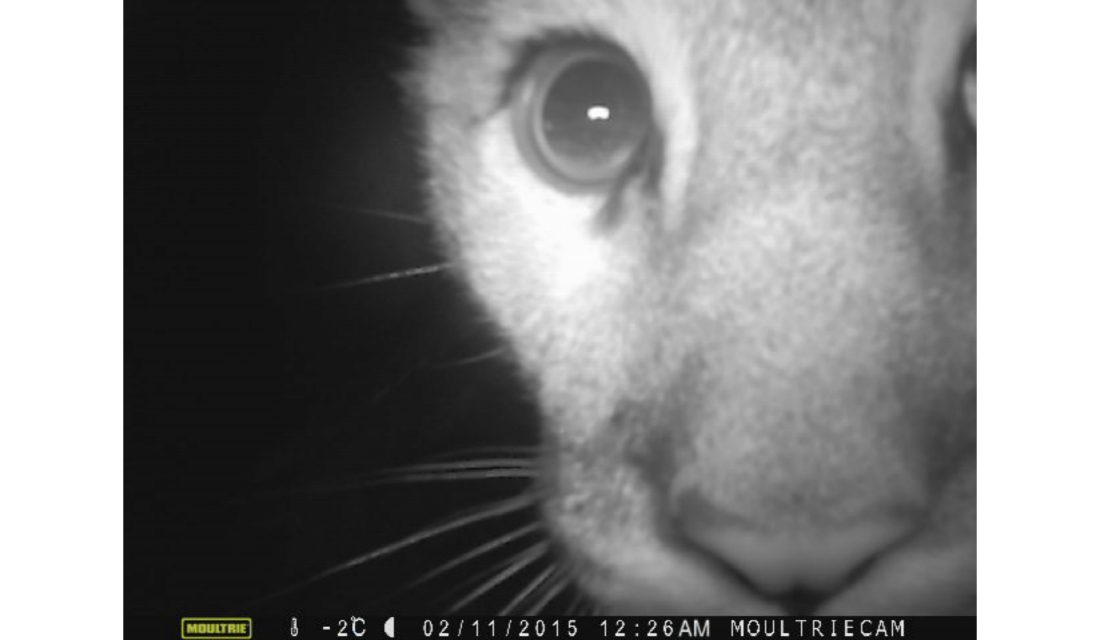
Also known as the North American Mountain Lion, this feline is one of the more elusive animals in Canada and getting a photo at a safe distance can be tricky! A trail camera managed to snap a unique close-up of this feline.
9. The Magnificent Bryozoan
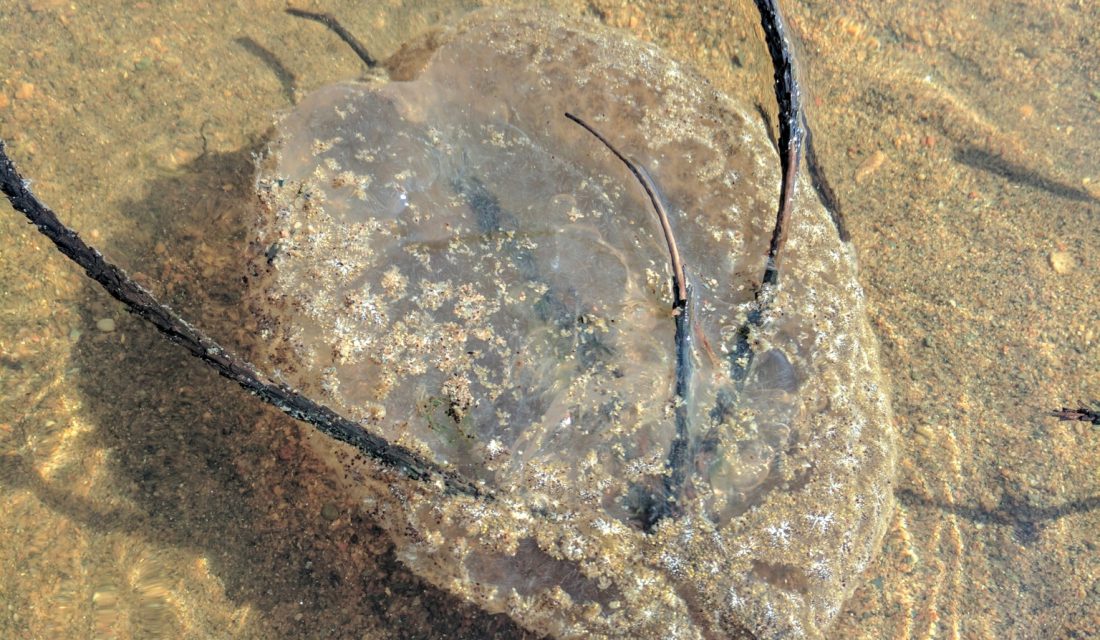
This is not algae. A colony of organisms — called zoids — forms a solid mass called a bryozoan. This one was found during the 2017 Stanley Park Bioblitz (as part BioBlitz Canada 150) and made headlines as “The Blob of Lost Lagoon.” There are only 34 of these recorded in iNaturalist.ca.
10. Ochre Sea Star
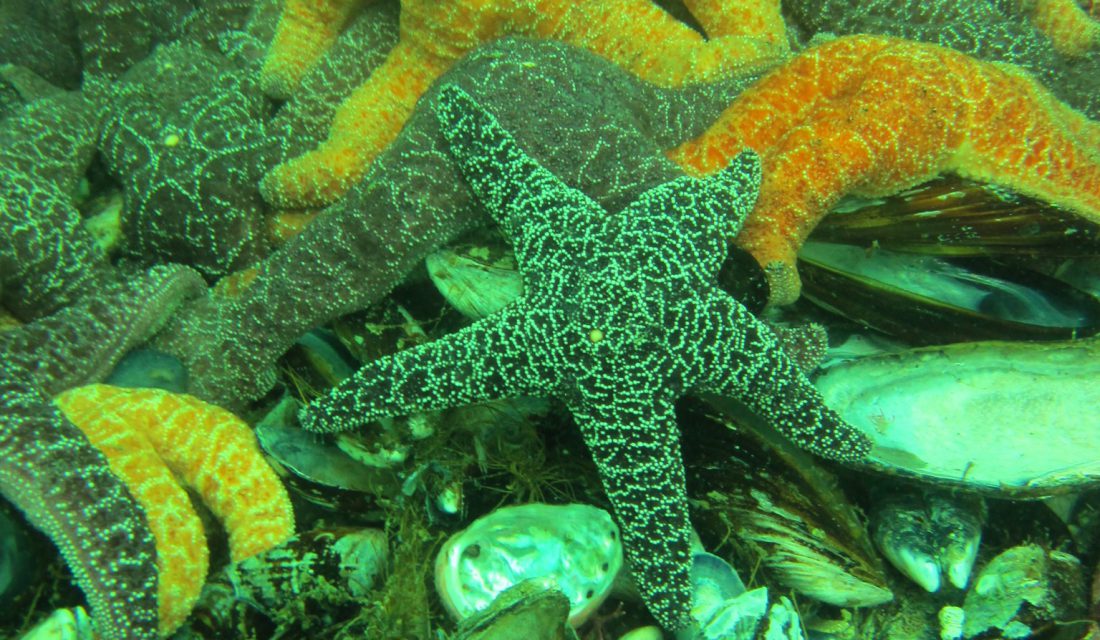
This heap of sea stars was recorded on the ocean floor off the western coast of Vancouver Island. iNaturalist.ca can be used anywhere — even under water!
Think of it as social media meets conservation science.
iNaturalist.ca is a place where users can upload sightings of what they’ve seen in nature. The community can then comment on the find and help with identifying the species. This adds to the growing database throughout the country to provide a clearer picture of Canada’s biodiversity. The information can then be used for conservation purposes, such as keeping track of endangered species.
Once you have the free app and an account, snap a photo of what you see in nature and upload. The built-in auto ID can recognize most species. The app works entirely offline, but you’ll need a data plan or wifi to upload any observations you’ve logged in the app. If you don’t have a smartphone, you can upload straight to iNaturalist.ca on your desktop computer (the image recognition works there too).
iNaturalist Canada is a member of the iNaturalist Network, a joint initiative of the California Academy of Sciences and National Geographic Society, which means that this information feeds into an initiative to track biodiversity worldwide.

